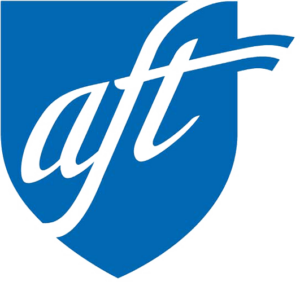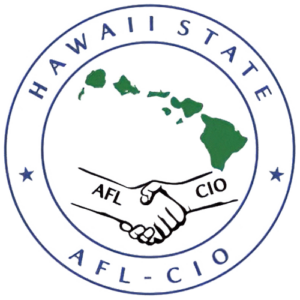Salary Calculator Added to Tentative Agreement Information Package
We appreciate all the questions brought forth regarding the Tentative Agreement, Mahalo! We've responded by updating the FAQ, adding to the slide deck and in addition have created a spreadsheet where you can plug in your salary and get details on how the agreement will benefit you. The link to the calculator is on the last "Reference Slide". The link to the slides and the updated FAQ is in the email sent on Monday 5/22, subject line "Be Informed: Details of Tentative [...]



